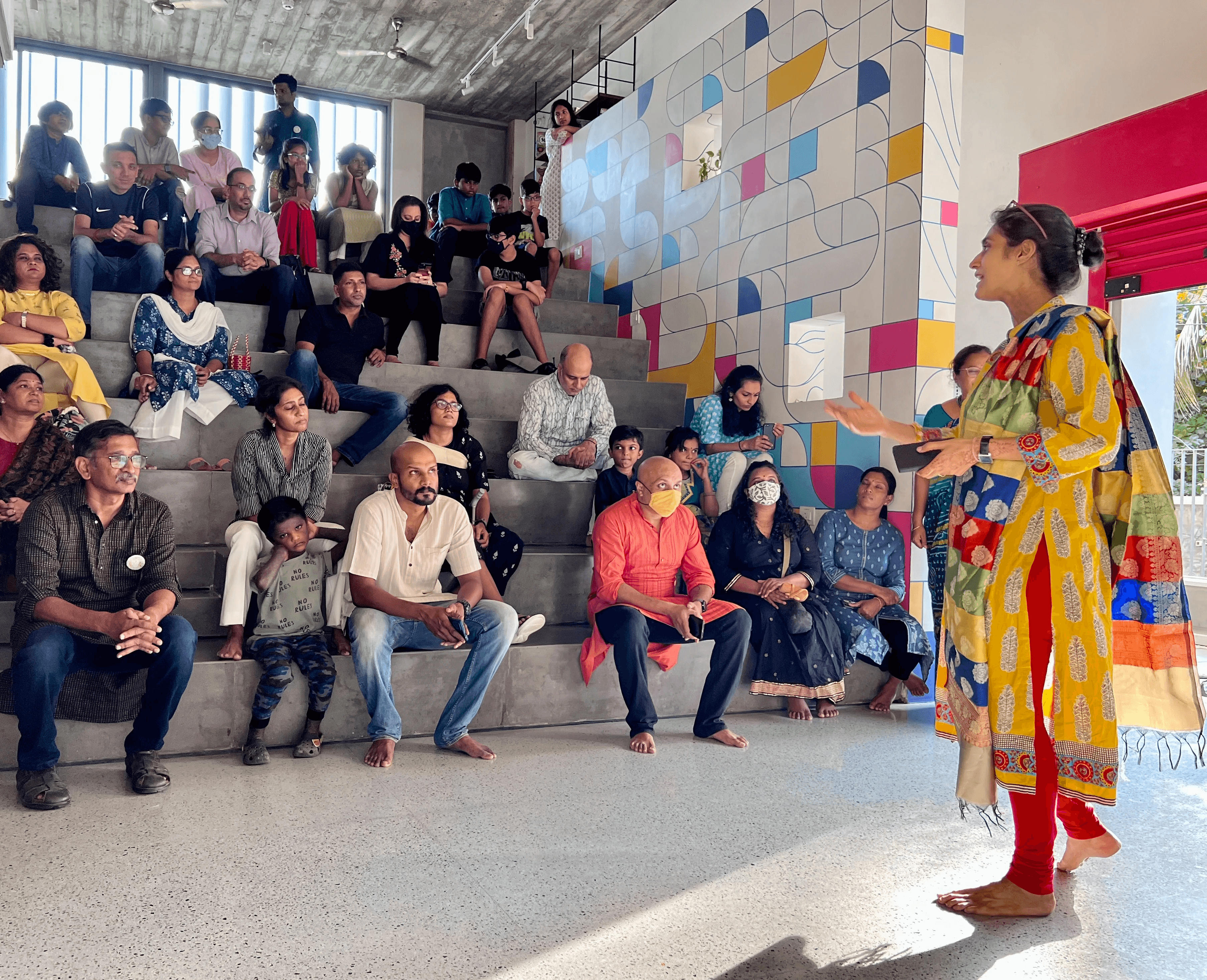We believe in self-directed learning because it is education in the realm of consent. We trust the child, we ask them how they feel, what they enjoy, what they wish to do more of, what’s difficult and observe what brings a spark to their eyes while learning. Children are naturally curious, and given the freedom, they happily assume the role of designing their own learning journeys with clear (often ambitious) goals. Self-directed learning is not a lack of adult involvement, it is simply a lack of adult control. The freedom to learn whatever one desires, without judgement, compulsion or an end goal dictated by others is an utterly illuminating way of learning. We provide a nurturing environment for children to be the best learners they can be.
Step 1
Set Goal
Set a goal that is a simple, achievable and time-bound actionable: “What are the interests you pursued today?” “In that session what was the goal you meant to achieve?” “How did that go?” “Did you face any struggles?” “Are you thrilled with the progress you’ve made today?”
Step 2
Plan
Develop a plan on how you would achieve that goal with the help of people and resources: “What’s your plan for tomorrow?” “Who is helping you?”
Step 3
Learn
Spend time learning, clarifying and completely understanding the knowledge or skill: “Did you learn something new today?” “Did you build on something you already knew?”
Step 4
Show
Share evidence of what you have learned with the facilitator “How did you journal after your session? Picture/Audio recording/Text” “Does this make you feel like you have a complete view of all that happened through your session and learning?” “Can we use this as a data point to reflect on your journey in this interest after a month or 3 months?”
Step 5
Reflect
Journal the process “How do you feel about having chosen this interest and worked on it all this while?” “Have your efforts helped you get this far?”
“Watch your child’s eyes, what makes them go dull and dead, what makes them brighten, quicken, glow with light. That is where learning lies.”
Blake Boles
Responsibilities as stakeholders
Self-assess readiness to learn
Define learning goals and develop a learning contract
Monitor learning process
Take initiative for all stages of the learning process
Re-evaluate and alter goals as required during the learning journey
Consult with mentors as required
This is what our mentors strive to help each child with:
Build a co-operative learning environment
Help motivate and guide the learners’ learning experience
Facilitate learners’ initiatives for learning
Be available for consultations during the learning process
Help as an advisor rather than a formal instructor








